4 Data-Improved Tips To Win The Social Media Marketing Race
Author & Editor
Social Media Team Lead
Published on: Mar 17, 2022 Updated on: May 21, 2024
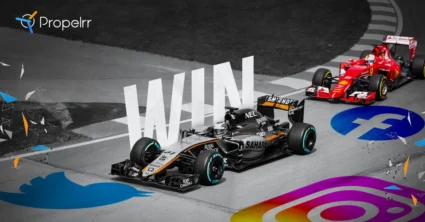
Table of Contents
And a huge part of the digital venture is social media management and marketing.
Why, you ask? Simply because social media is an avenue with lots of opportunities that you can leverage on. It’s where the conversations are, where the audiences advocate, and where you can build your army of loyal supporters. Investing in it is more than just building awareness. In fact, investing in social media marketing will strengthen the very backbone of your brand: the valuable interactions from where your brand will be known for and be loved for.
With the fast-growing brands on social media, I bet you will need no further proof of the power that its platforms hold. You’ve got Coca-Cola reviving its product’s personality by using it again as its hero image integrated along its offline and online marketing efforts, McDonald’s which is the top fast food feeder in the world with a glorious Instagram feed, and Pokémon. Of course, #Pokemon20 released its Super Bowl ad video dangling with 24 million views on YouTube.
20 years and counting in the business.
Now, Pokemon is asking the audience to evolve with them. So, Train On.
You, of course, would want to produce such boost in social media presence for your brands. But with a practically big field of endless possibilities and competition, keeping up with the pace of the social media marathon is impossible.
Or is it?
Social media management tips distilled from data
Catching up with the race isn’t going to be easy, but not totally impossible. Speed up using:
- the very interest in social media;
- creativity;
- solid data and yeah,
- a fine-tuned guide in maximizing these data.
All to run with the baddest brands with higher social media metrics and results. So, as the #Pokemon20 says, “Train on” with these four-point tested and improved tips in social media.
1. Do your homework
Know the target. Set the goal. Aim and shoot.
Wondering why some brands make so much buzz online, but no one really cheers for them? Or are you guilty of quite a different scenario–brand booming with lots of online followers, but at the end of the day, always guessing about the stagnant, or worse, decreasing sales?
Here’s a hint: you are clearly not focused enough on your target.
You see, before you do the talkin’ on social media, it’s important to find out who exactly you are communicating with. It’s not enough to get thousands, even millions, of fans that aren’t invested and won’t be investing in what your brand has to offer.

Every missed shot can bleed you dry, so aim accurately.
Photo courtesy of Green Arrow TV
Rather, you would want those who need your product, want your product, will potentially consume your product, and those with the purchasing power to buy your product. So, do your in-depth target market research.
Data on them will be one of your most prized possessions from now on, so long as you don’t leave these data hatching eggs. As a marketer, you’ve got to analyze and use what you’ve learned from them to your brand’s advantage.
2. Demographics, lifestyles, pain points, and motivations
What if your population is predominantly female, aged 18 to 25, in Asia, single, always on-the-go and reading on their mobile device, and employed by the top companies in their countries?
Easy targeting, that’s what. You may forget these after quite some time but social media geeks must revisit the brand’s customer analysis regularly. From your choice of blog to share, to the copy’s tone, to the photos you choose to capture their attention—it all boils down to their interests.
Below is a sample of our groundwork.
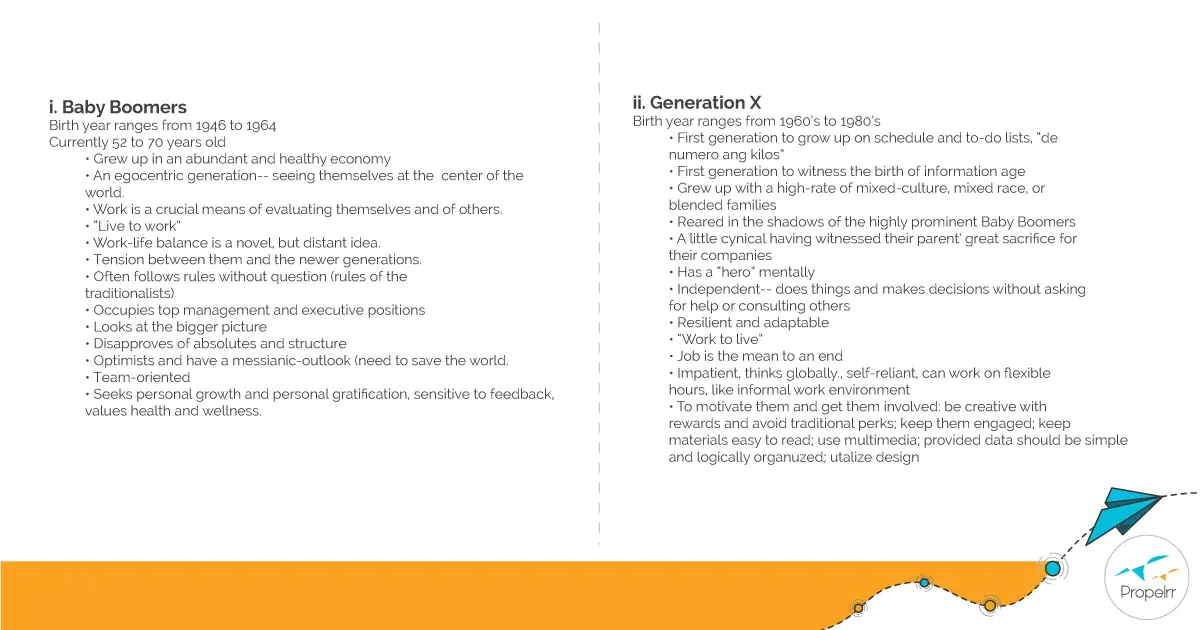
We listen before we do the talkin’.
Photo courtesy of Propelrr
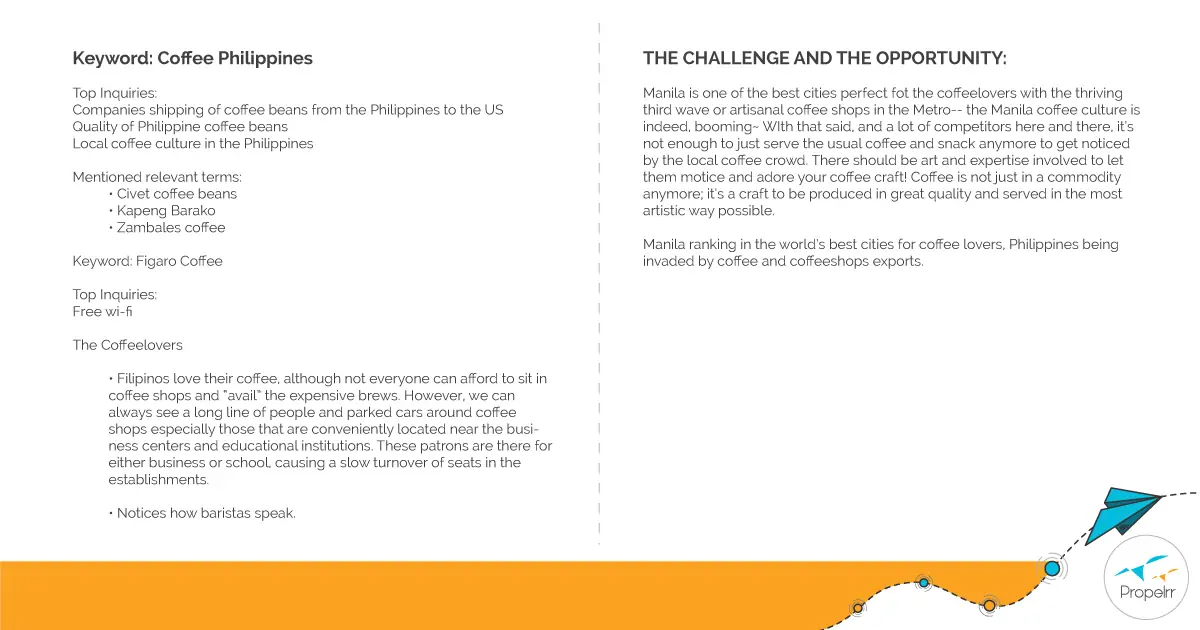
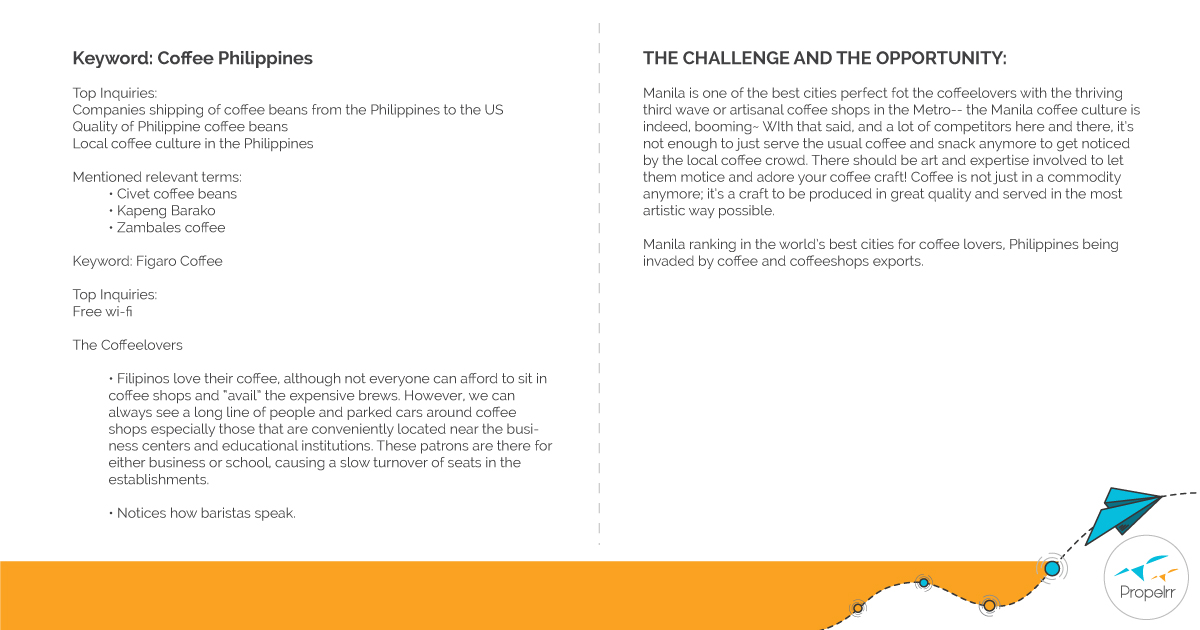
Dig on content based on what they like to read and want to know about: their top searches on Google, most liked and shared Facebook posts, live complaints and tweets on Twitter, adored Instagram influencers, highly-reacted YouTube videos, questions on Quora and Yahoo Answer. Hinge on the latest news around them, and know when to greet them, what to tell them, and where to do it on social media.
But did you know that you have different audiences in each platform?

Surprise!
Hold tight, ‘cause I’m gonna be discussing more on your different audiences later.
Photo courtesy of Forbes
Basically, these research data are here to make your life easier, help you gather and retain your target audience, and eventually boost your social media engagement. And that’s just on the organic side of your efforts. Imagine the power you hold when you support these with paid channels and even utilize your audience’s data for your sales.
3. Get familiar with your competition
Look into your competitors and their activities from time to time.
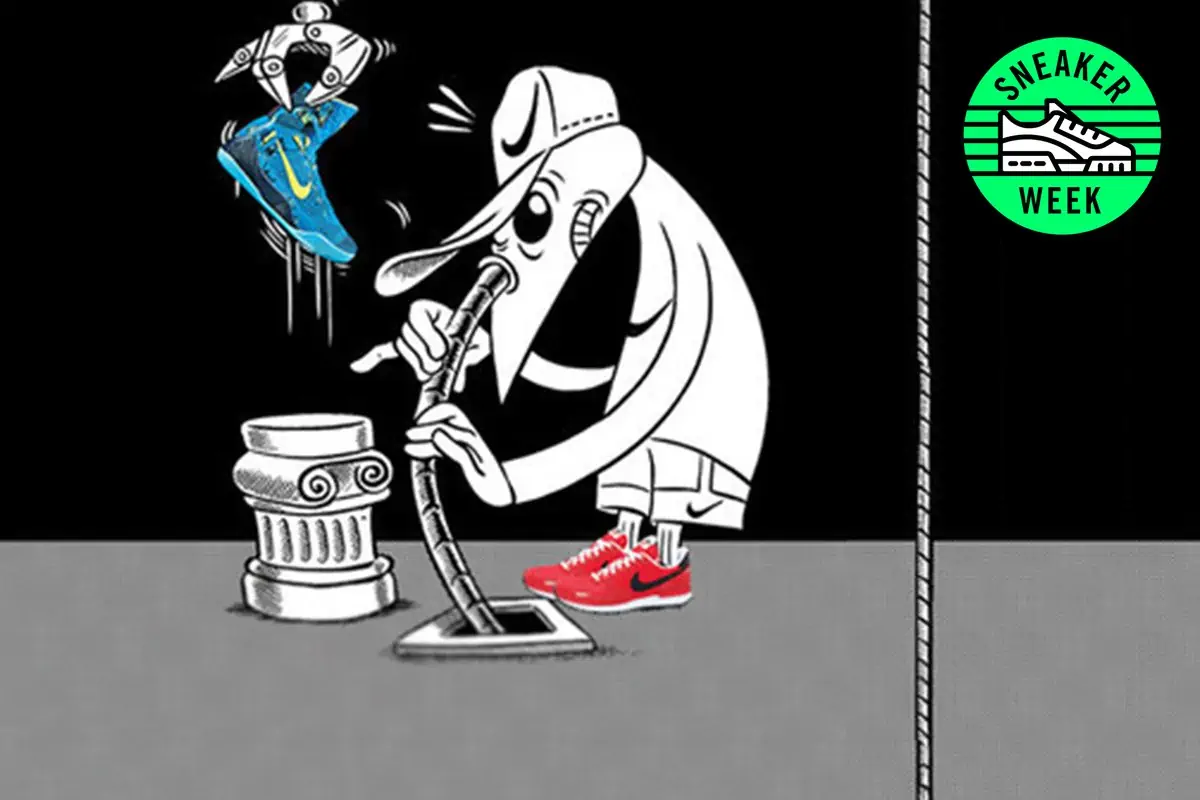
How do you think Nike kept up with Adidas and vice versa all these years?
Photo courtesy of GQ
The battle is real when it comes to top brands on social media. To catch up with each set, these veterans don’t just create mindlessly, looking for uniqueness and inspiration from nowhere. Rather, they run the business mindfully looking out for the trends and of course, what’s hot on the other side of the fence. So, if your brand is a newbie, then you’ve got a lot of catching up to do.
Here at Propelrr, a total digital competitor’s audit is imperative before crafting digital marketing campaigns for our clients. I’ve been trained to snoop into every inch of the brand’s online presence and its competitors’ digital efforts as well before anything else.

Just sniffing around on the online plays of our brand’s competitors.
Photo courtesy of Propelrr
First, you’ve got to do this to know the industry. Know what to expect from the market as a whole, familiarize yourself with the trends, get inspiration from what your competitors are doing right, and learn from their mistakes.
Second, it’s a competition. So you’ve got to arm yourself with the data to get ahead of the rest. Don’t be a twin of your competitors. Build digital strategy, campaign, and tactics on social media that would outshine them with your brand’s personality.
Lastly, keeping tabs is healthy. While Facebook is making competitor analysis easier via Facebook Insights, there are more means in social media that you can use for this. Social listening, for example, will help you keep track of the buzz.
But like every data, this is not a one-time deal. You’ve got to do an update at least once every month.
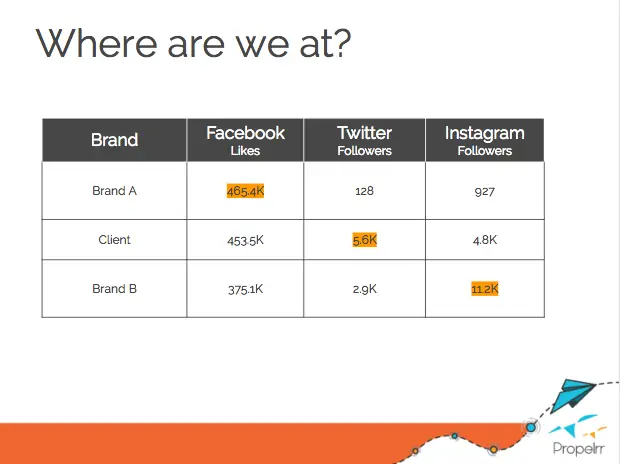
You know, just keeping track of our monthly standing on the game.
Photo courtesy of Propelrr
4. Make yourself interesting
Switch on your creative strategy, then post and engage. Constantly.

With lots of brands to compete with, how are you truly going to win this game?!
Creativity and strategy
I remember my teammates telling me on my first few months at work, “There’s definitely a lot more than those likes, comments, and shares,” and it is indeed, full of possibilities—seemingly endless. With this almost unlimited feat, the battle goes further from being able to build a relevantly high fan base to actually sustaining and expanding these numbers through a competitive, high-impact content in social media.
There’s no better example than Red Bull’s social media marketing doing it right everywhere. With a whooping 4.4m followers and counting on Instagram alone, Red Bull surely knows how to keep the audience going to social media with their adrenaline-filled content. Even brand expert David Aaker was totally wowed with their online performance saying, “I know of no other brand that has connected with customers in so many ways.”
The brand’s social media success didn’t come out of nowhere, though. As Tessa Barrera, Red Bull’s former global head of social media, revealed on an interview with Rick Mulready: the fuel to this online game is utilizing data on how people use social media to create a good strategy with, of course, a touch of authenticity.
Short to say, the most important use of all the research you’ve done above is for the creation of a high-impact social media marketing strategy. Moving about in social media requires you to have a game plan—a strategic plan before you actually execute. Agree?
And here’s what we can all learn from Red Bull’s social media strategy:
- Know the wide reach and niche of your brand.
- Choose relevant, quality, and timely content.
- Be simple and sharp.
- Keep the variation clean and smooth across the platforms.
- Stay true to the brand’s personality and promise.
And most importantly, remember that it’s not solely about your brand.
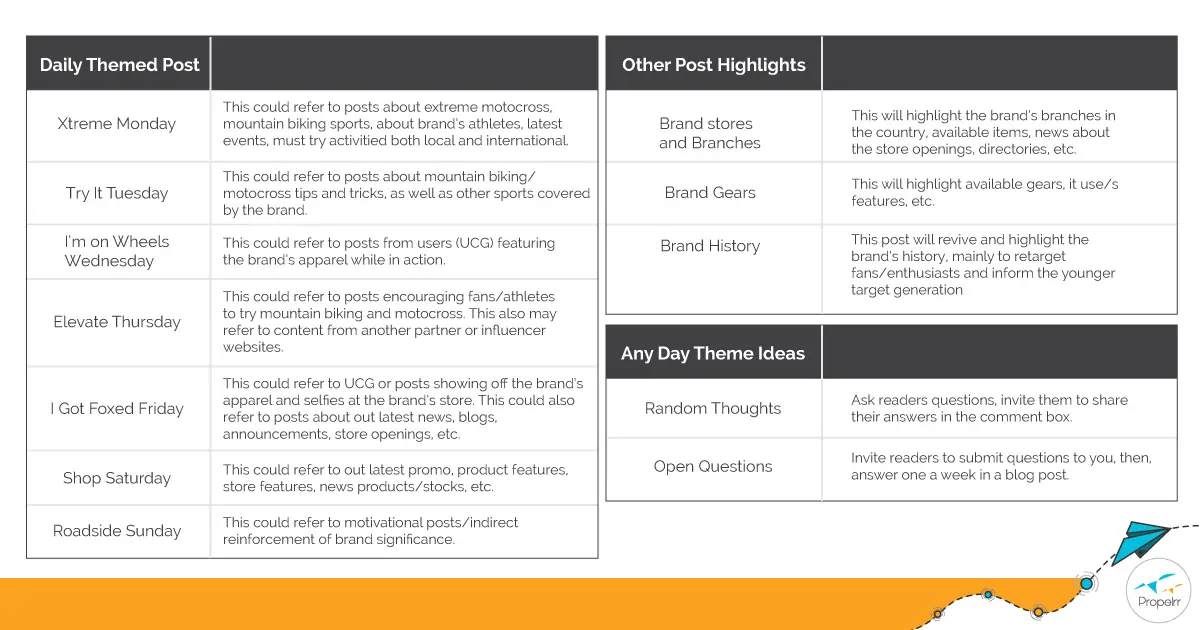
In fact, Red Bull used content as the engine, their product as the market, and every media they utilized was everything under the sun, as summarized by Mashable. It’s not everyday that they talked about their product. Rather, they stayed pure to the energy-filled photographs and videos of their consumers.

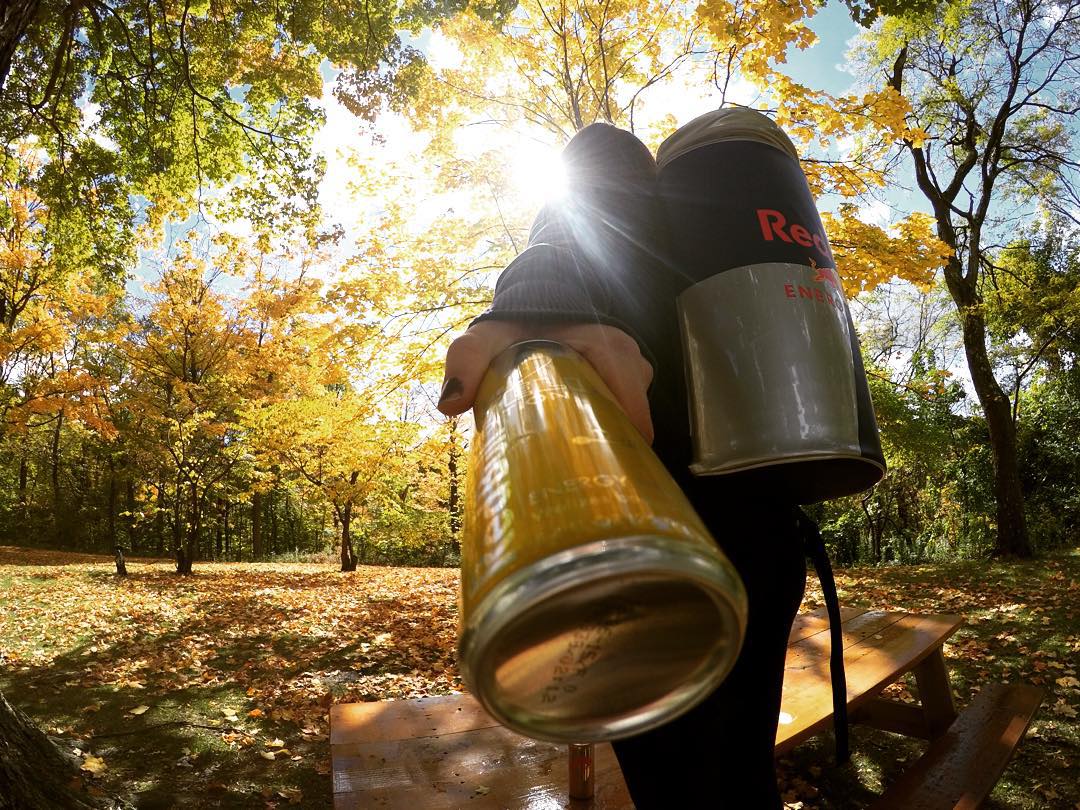
If you are a sports and an active lifestyle enthusiast, I bet you’re already following them.
At Propelrr, we have an equally adrenaline-pumping brand we’ve been growing and taking care of. Need proof? Visit their pages (1) (2).


Find Ways to Improve.
Revisit, review, and iterate with data from your monthly performance.
At the end of it all, how’d you know if you’ve performed enough?
It’s not solely about the likes you’ve gained on Facebook or the followers you’ve gained on Instagram. These numbers are nothing when you don’t understand how they truly impact your brand. The job on social media entails strategy-earned results and metrics that go beyond these surface engagements. Rather, we go deep towards how these engagement rates, content performance, overall page growth, and more as they affect your brand equity, customer growth and retention, and yes, even offline sales. So, the real question is: how did your social media efforts impact the brand?
We measure such success via reliable, nose-diving data.
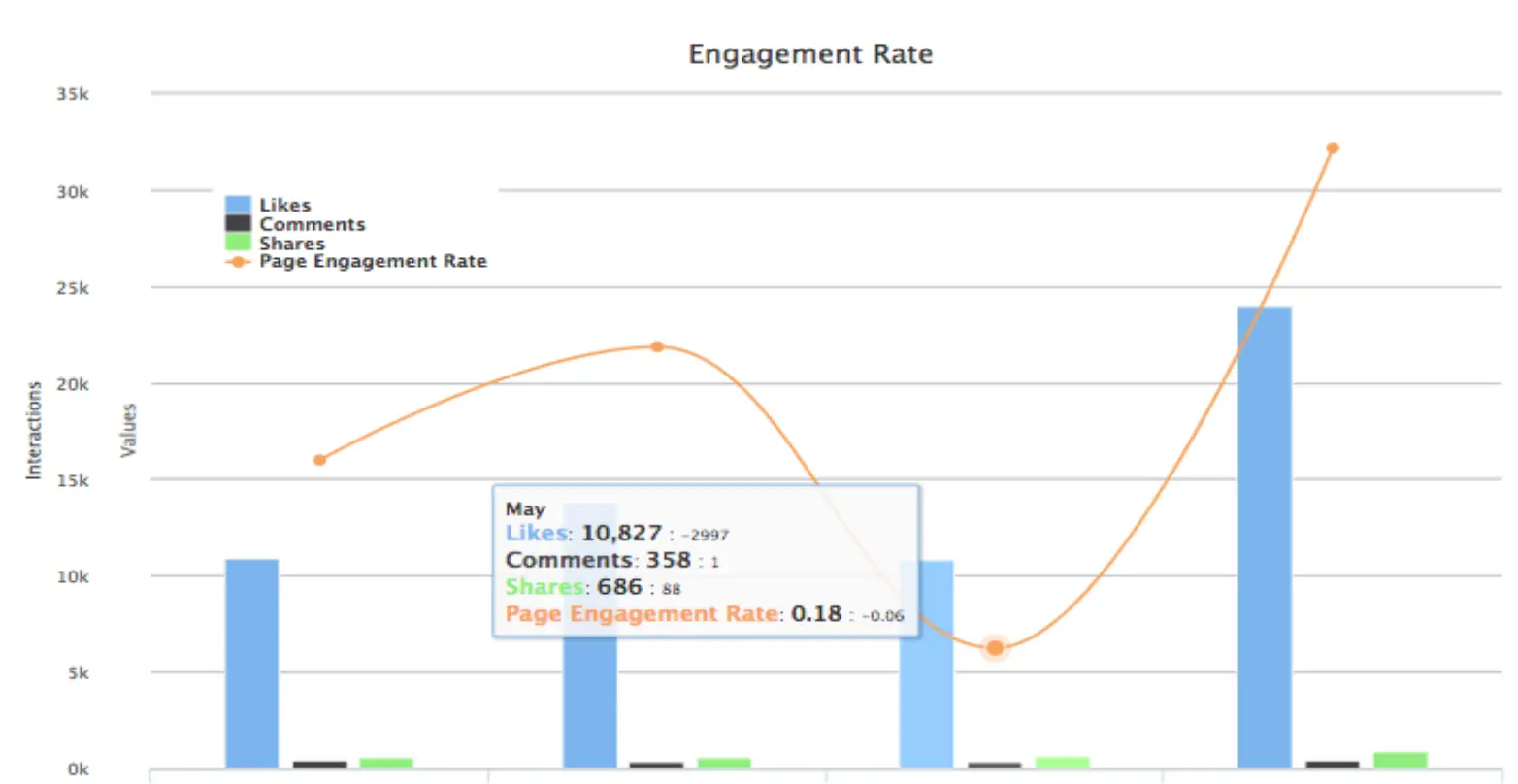
Visiting stats as good as these is a nerve-wracking routine for data geeks like us here when generating our much-awaited (by the client) monthly report. What it tells us though is something I’d like to share with you.
- Page Growth tells us about the average growth of our existing and potential market. Should the brand we handle conduct a contest, we can then set the KPIs to the expected number of participants using this data.
- Page Fans and Demographics make it easier for us to target the right audiences per location for offline events, product push, and through paid online efforts as well.
- Engagement Rate measures the interaction of fans to our brand on social media which is translated into likes, comments, and shares of our brand’s posts. It indicates how engaging the content is, which content they like best, and the number of people who engaged over the total number of fans or followers. Knowing the data we can derive from the this, we then use social media as a tool in determining specifics such as most loved (or hated) products of our brand and what our consumers’ real-time needs are.
- Similarly, we can derive insights from Organic, Paid, and Viral Reach to determine which type of content works best to drive our brand’s social media fans to our goal. For example, to position a sports brand we handle as the top choice for local gear and apparel for its specific niche, we have determined that the use of photo content by brand consumers using its products during adrenaline-driving activities increases not only its engagement via social media, but expands the brand’s reach to more people using the platforms too.
- Top and Low-performing Content are, of course, the basis on what we can further creatively develop to gain and retain attention of the audiences and what we should dismiss and avoid posting or doing on social media.
- Lead Generation translates to direct interest in product purchase. It shows us how much of our social media efforts and which of them have attracted potential customers and have actually converted the latter into product buyers or leads.
- Lead Lifetime Value is probably what most social media marketers rarely take into account when measuring their brand’s online success. Simply, it is the amount of profit your brand can derive from customers considering a lifetime relationship with them. With this, we can further segment our brand’s target market into profitable groups and target them with our other lead generation efforts.
With a monthly review, we revisit our audience analysis: see if our research on them still holds true, look for updates, and adjust should market changes call for it. You see, as I’ve told you above, a brand has different audiences on social media and we get to know them during our review.
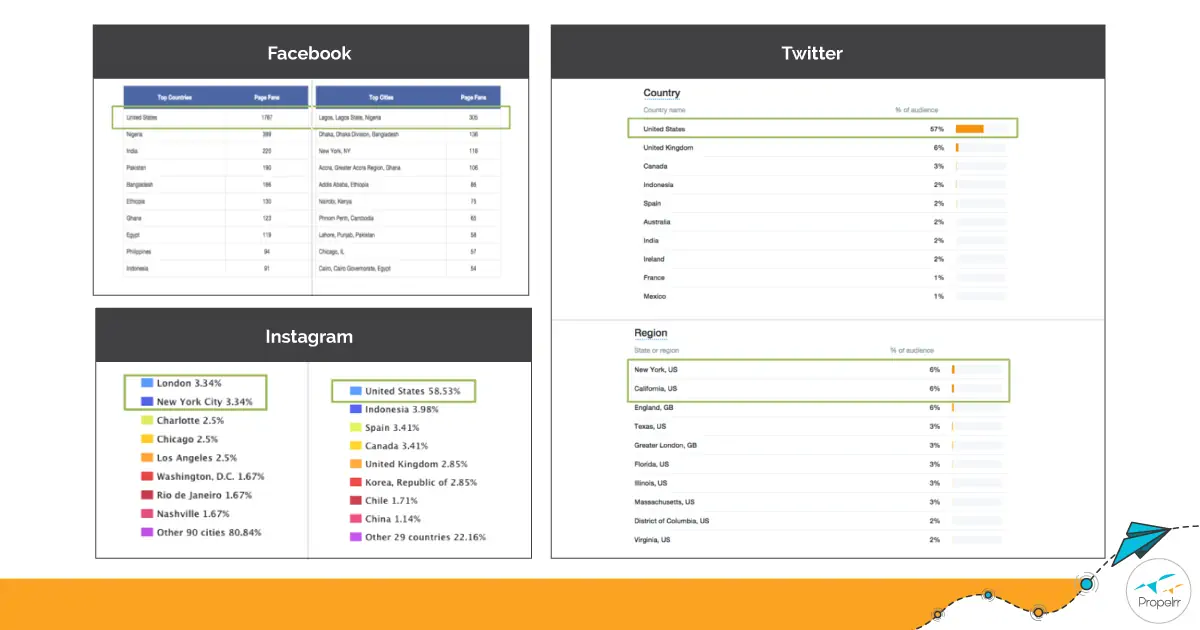
They may coincide at some point, but your likers on Facebook are not exactly your followers on Twitter and Instagram. So depending on your choice of platform, you’ve got to craft quite, but not totally, different content for each set of audiences.
Checking in with your relationship with your audiences
Of course, it’s not just about those soft-spoken, indirect, but relevant content. Somewhere, somehow, we’ve got to (and we do) tell them about our brand, product, and sell it. After all, social media is a two-way communication digital marketing arena.
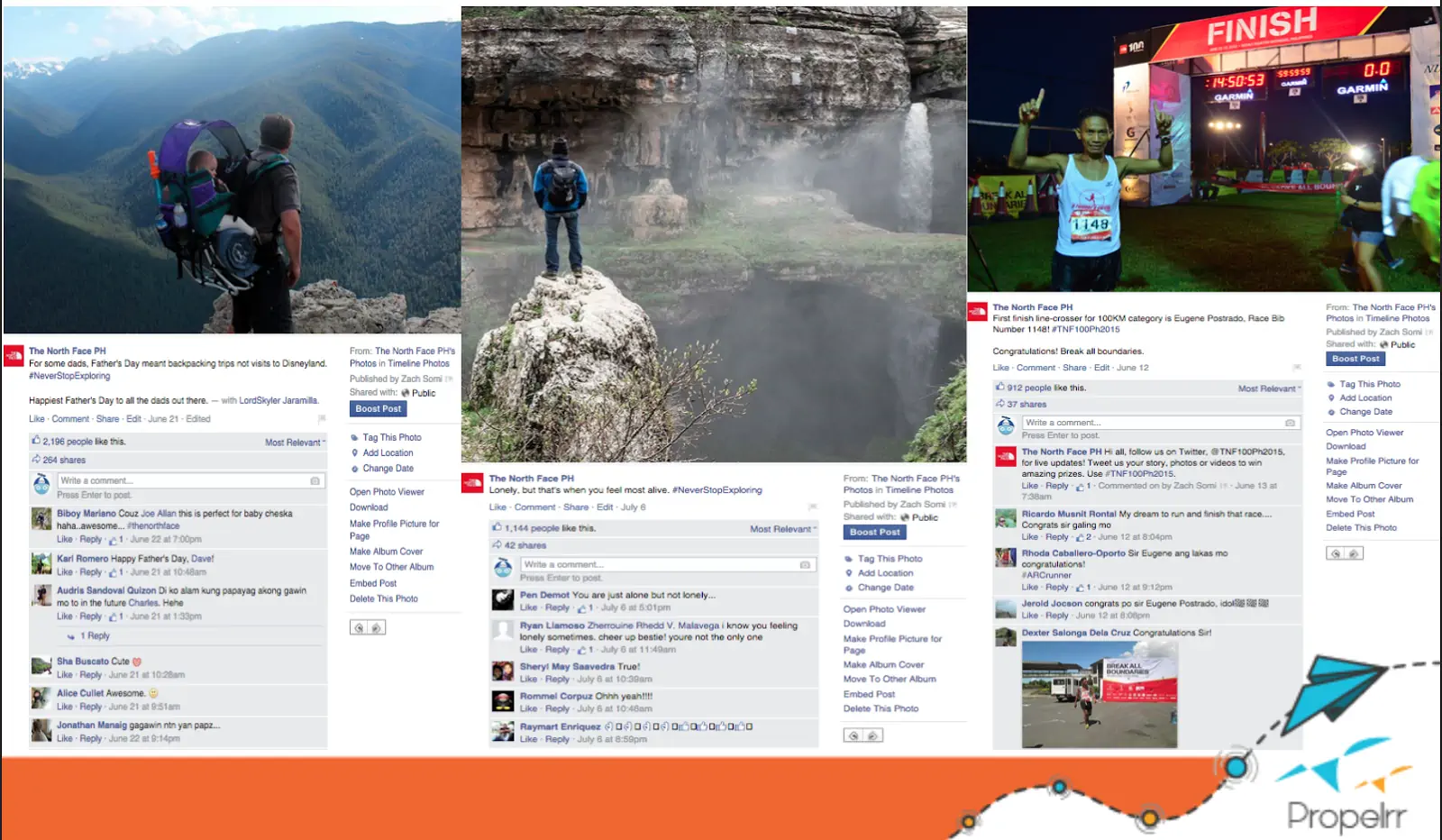
We gather useful data that would guide our future branded content with our monthly revisit. These tell us the products that our brand’s market needs, wants, and dislikes, that are in demand, and which ones we should push when, where, and how. Part of understanding the target market and how to efficiently communicate with them is, of course, knowing when to talk to them about our brand and products. After all, we don’t want our audiences to experience content fatigue from a daily dose of hard-rolled campaigns, do we?
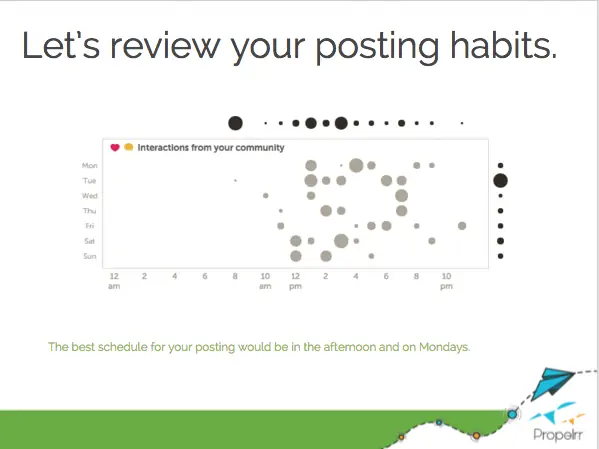
Everybody must start somewhere—whether you’re a newbie building your fan base from scratch or a veteran in the industry wanting to expand your online presence further. But no matter where you’re running on in social media, there’s no excuse to not do things better.
With a fast-paced race like this, it’s not enough that you train on with goal-driven mindset to get the social media results you’re aiming for. Rather, have your keen eyes open to innovative strategies using anything and everything that’s within your reach. As sports legend Michael Jordan said, you have to “Figure out how to climb it, go through it, or work your way around it.”
For us here, we built our way to catch up with the race using, of course, data. How about you? How are you going to run with the trends? Share them with us on Facebook, X, or LinkedIn. We'd love to discuss!
Want to get the latest and the most effective strategy on anything digital? Subscribe to our newsletter!
